If you're casual about your photography, then smartphones and compact cameras more than do the job. But they're also usually limited by small sensors and fixed lenses that don't offer the kind of next-level control that you need when taking your photography that little bit further.
This is where interchangeable lens cameras come in. In this guide, we've picked out the best entry-level mirrorless cameras that should fit your budget, aren't too bulky and hopefully won't be too perplexing as you learn how to use them.
Many of the mirrorless cameras in this group have APS-C sensors, but some of our favorites have slightly smaller Micro Four Thirds sensors. Both offer such a big improvement over smartphones and compacts that really there’s little to choose between them. To find out more about sensor sizes, take a look at our sensor guide.
Mirrorless cameras also offer interchangeable lenses. They will often come with a general-purpose 3x ‘kit’ zoom lens which are great to get you started with. Once you get a little bit more into it, you might find it worth investing in telephotos, macro lenses, super-wide-angles and more. It’s worth checking the lens ranges on offer, particularly if you might want to upgrade to a better camera in the range later on.
If you need more advice on exactly what to consider when buying a beginner mirrorless camera, head to the bottom of this page – for now, though, here are our favorite budget options for new photographers.
Best beginner mirrorless cameras 2020 at a glance:
- Fujifilm X-T200
- Panasonic GX9
- Sony Alpha A6100
- Canon EOS M50
- Olympus OM-D E-M10 Mark III
- Fujifilm X-A7
- Sony Alpha A5100
- Canon EOS M200
- Olympus PEN E-PL10

Best mirrorless cameras for beginners in 2020:
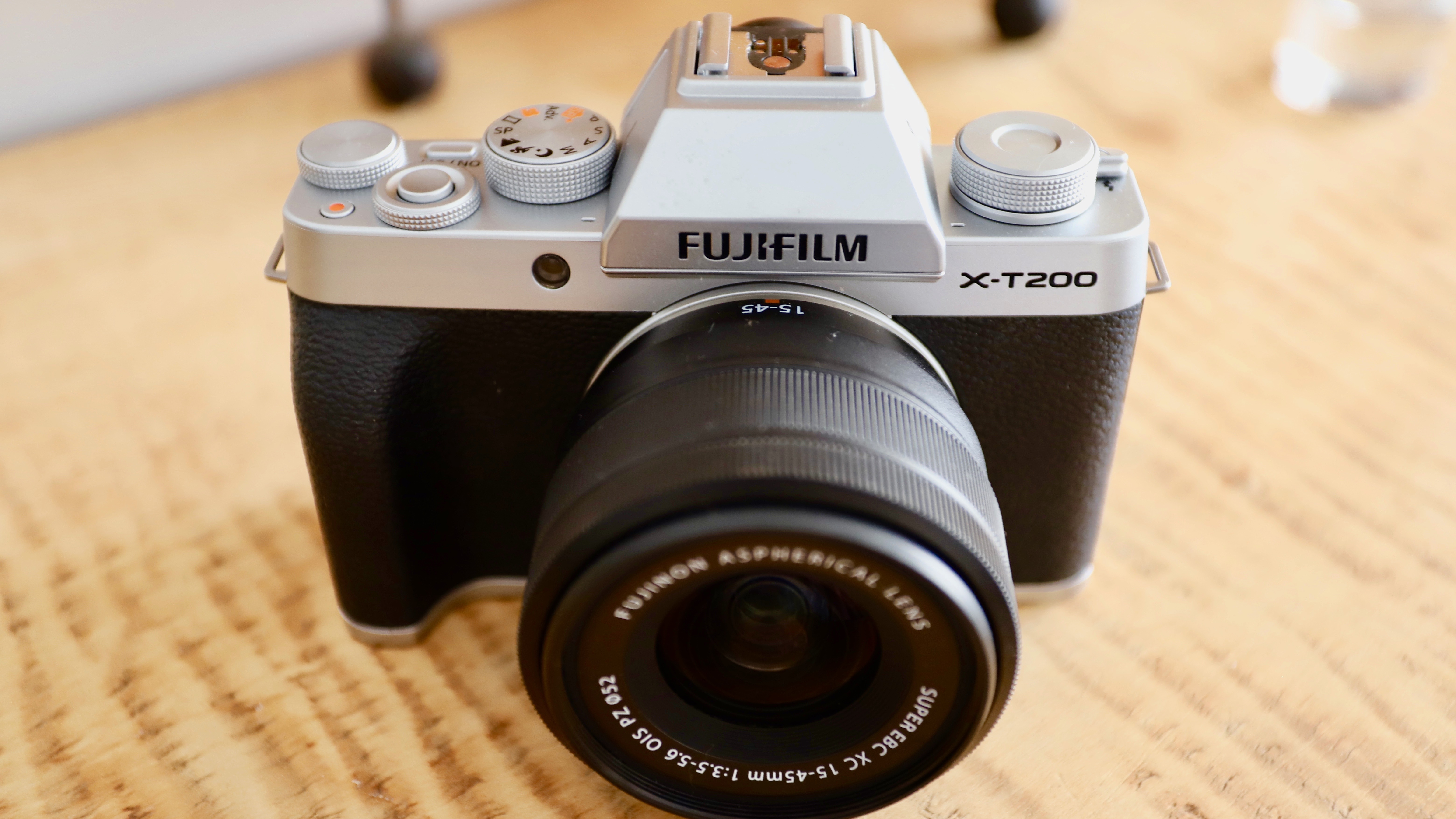
1. Fujifilm X-T200
A beginner winner that’s better than the X-T100 in every way
Sensor size: APS-C CMOS | Resolution: 24.2MP | Viewfinder: EVF OLED, 2,360,000 dots | Monitor: 3.5-inch fully articulating touchscreen, 2,780,000 dots | Maximum continuous shooting rate: 8fps | Movies: 4K | User level: Beginner
A pared-back version of the Fujifilm X-T30, the X-T200 makes for a much better entry-level camera than its predecessor. In fact, it’s better than the X-T100 in almost every way: it has more processing power, a substantially improved autofocus system and a larger, sharper 3.5-inch rear touchscreen. It’s also much nicer to hold while retaining that attractive and distinctive retro DSLR styling.
Essentially a Fujifilm X-A7 (see below) with a viewfinder, it's actually easier to use the X-T200's screen for framing and focusing thanks to an awkwardly placed joystick. The only other downsides are that subject tracking is a bit hit and miss during continuous shooting and isn’t available for video.
The considerable plus sides, though, include outstanding image quality and an easy-to-use setup that is ideal for new photographers. As it’s been out for a while, the X-T30 is now more affordable and offers specs that novices can grow into – but if you want Fujifilm’s best dedicated beginner camera, look no further.
- Read our in-depth Fujifilm X-T200 review

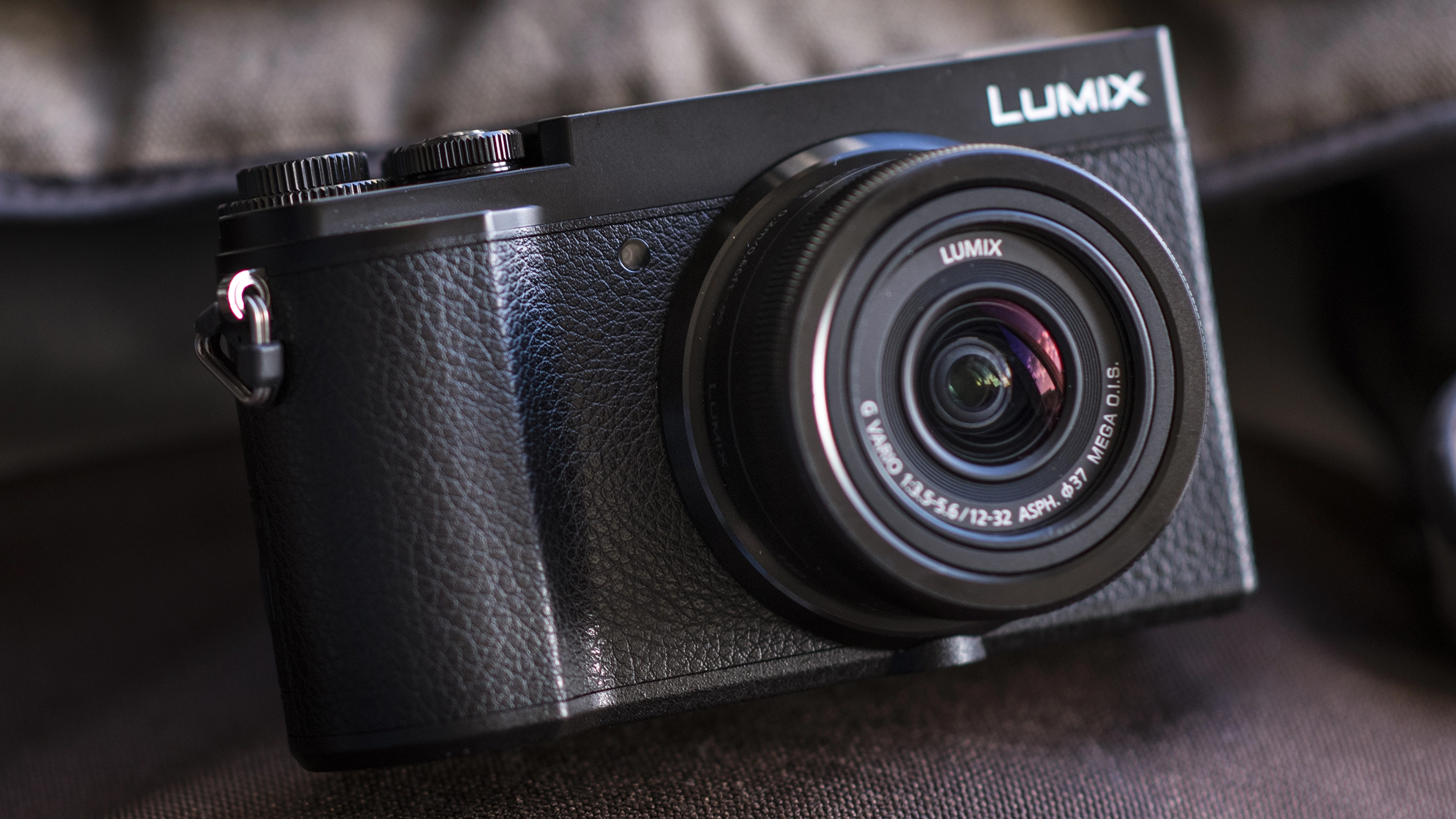
2. Panasonic GX9
An ideal beginner camera that’s also travel-friendly
Sensor size: Micro Four Thirds | Resolution: 20.3MP | Viewfinder: EVF, 2,764,800 dots | Monitor: 3-inch tilting touchscreen, 1,240,000 dots | Maximum continuous shooting rate: 9fps/30fps | Movies: 4K | User level: Beginner/intermediate
The Lumix GX9 from Panasonic represents excellent value for money. Its small size and weight not only make it ideal for those new to an interchangeable lens camera, but it's also well-suited for travel photography, too. The great feature set includes a built-in viewfinder, plus 5-axis dual image stabilization. One of our favorite features of all Panasonic cameras is the 4K Video and 4K Photo Modes. You can use the latter to extract stills from a movie to in order to freeze the perfect moment. As standard, the GX9 comes with a 12-32mm lens, which is a good optic to get you started with. Further good news is that there are dozens of different lenses available in the Micro Four Thirds mount, so this is a camera you can truly grow with.
- Read our in-depth Panasonic Lumix GX9 review

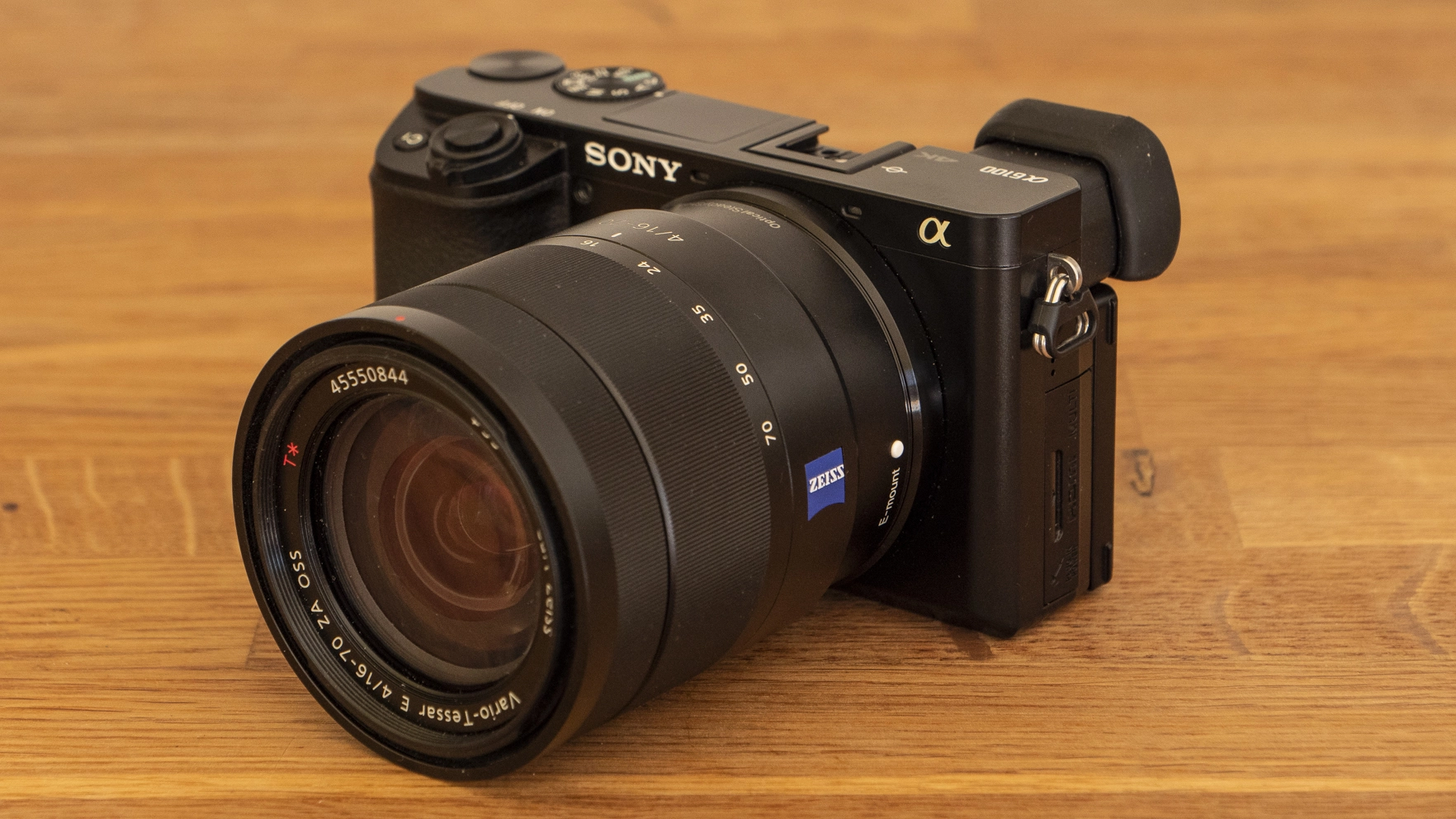
3. Sony Alpha A6100
Sony's popular beginner-friendly model is a great first camera
Sensor size: APS-C | Resolution: 24.2MP | Viewfinder: EVF, 1,440,000 dots | Monitor: 3-inch tilting, 921,600 dots | Maximum continuous shooting rate: 11fps | Movies: 4K | User level: Beginner/Intermediate
Sony's A6000 was one of the most popular mirrorless models of the past few years, and while you can still buy it, the brand has refreshed it in the shape of the A6100. That brings a whole set of new features to Sony's entry-level offering, including improved video features which now include 4K. You also now get a touch-sensitive screen and advanced autofocus options which include the very well-performing Eye AF (for both humans and animals). An extensive range of different lenses are available for Sony's mount, so it's also a system you can be confident when investing in. As it stands, the A6100 is one of the most expensive models on this list – but the good news is that if you're happy with older tech, the A6000 is still very much available, and right now is a veritable bargain.
- Read our in-depth Sony Alpha A6100 review

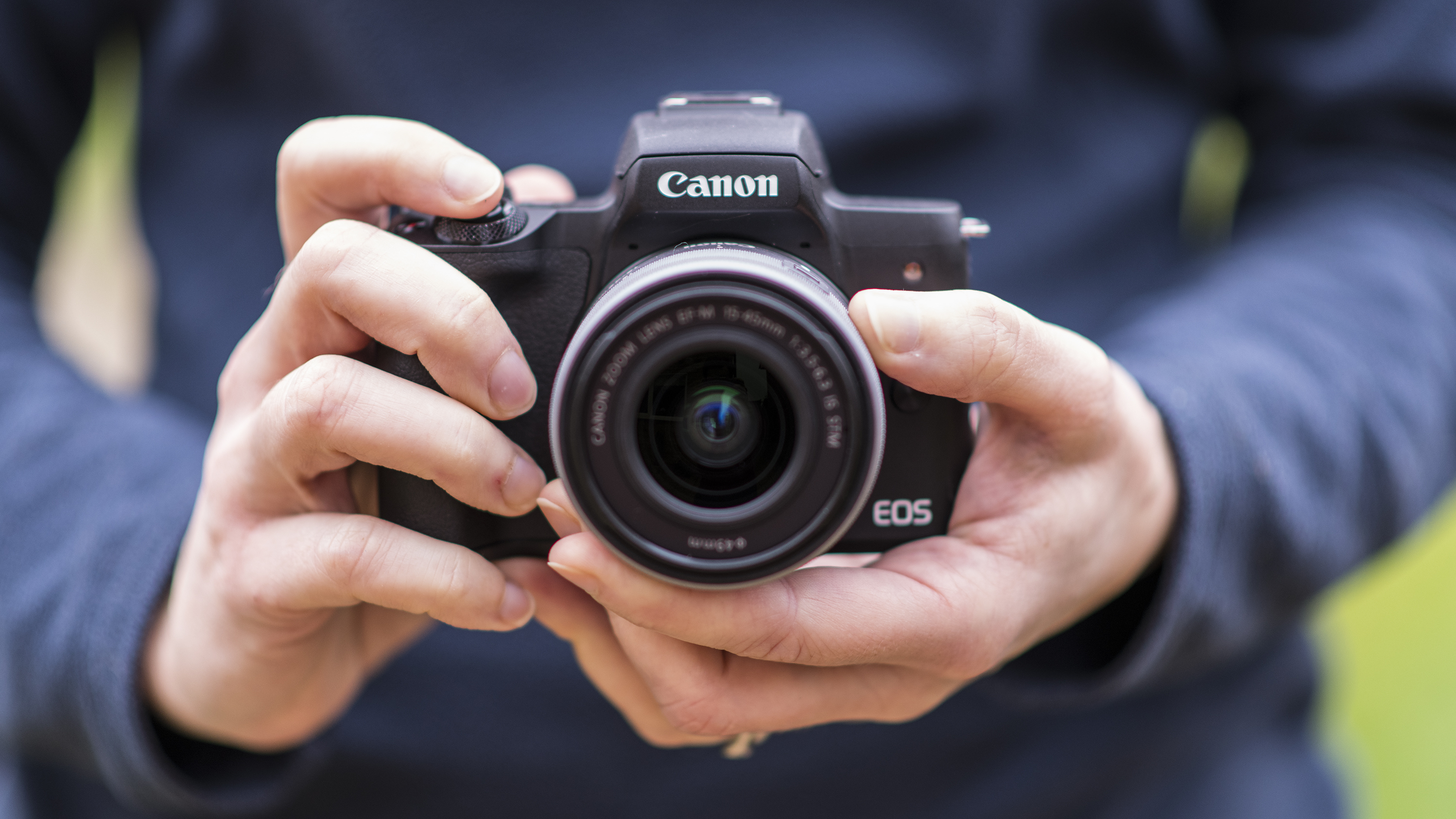
4. Canon EOS M50
An affordable Canon mirrorless EOS M with a viewfinder
Sensor size: APS-C | Resolution: 24.1MP | Viewfinder: EVF, 2,360,000 dots | Monitor: 3-inch vari-angle, 1,040,000 dots | Maximum continuous shooting rate: 10fps | Movies: 4K | User level: Beginner/Intermediate
This great little all-rounder is the only budget-friendly EOS M series camera with an integrated viewfinder. Otherwise, you're doing your composing via the screen - not such a big deal if you're coming up from a smartphone, but viewfinders are great when bright light makes the screen a bit awkward to use. Plus there's the fact that shooting through a viewfinder just feels a bit more "authentic". Other tempting features include 4K video (just note that it's cropped), great autofocusing and an easy-to-use interface.
- Read our in-depth Canon EOS M50 review

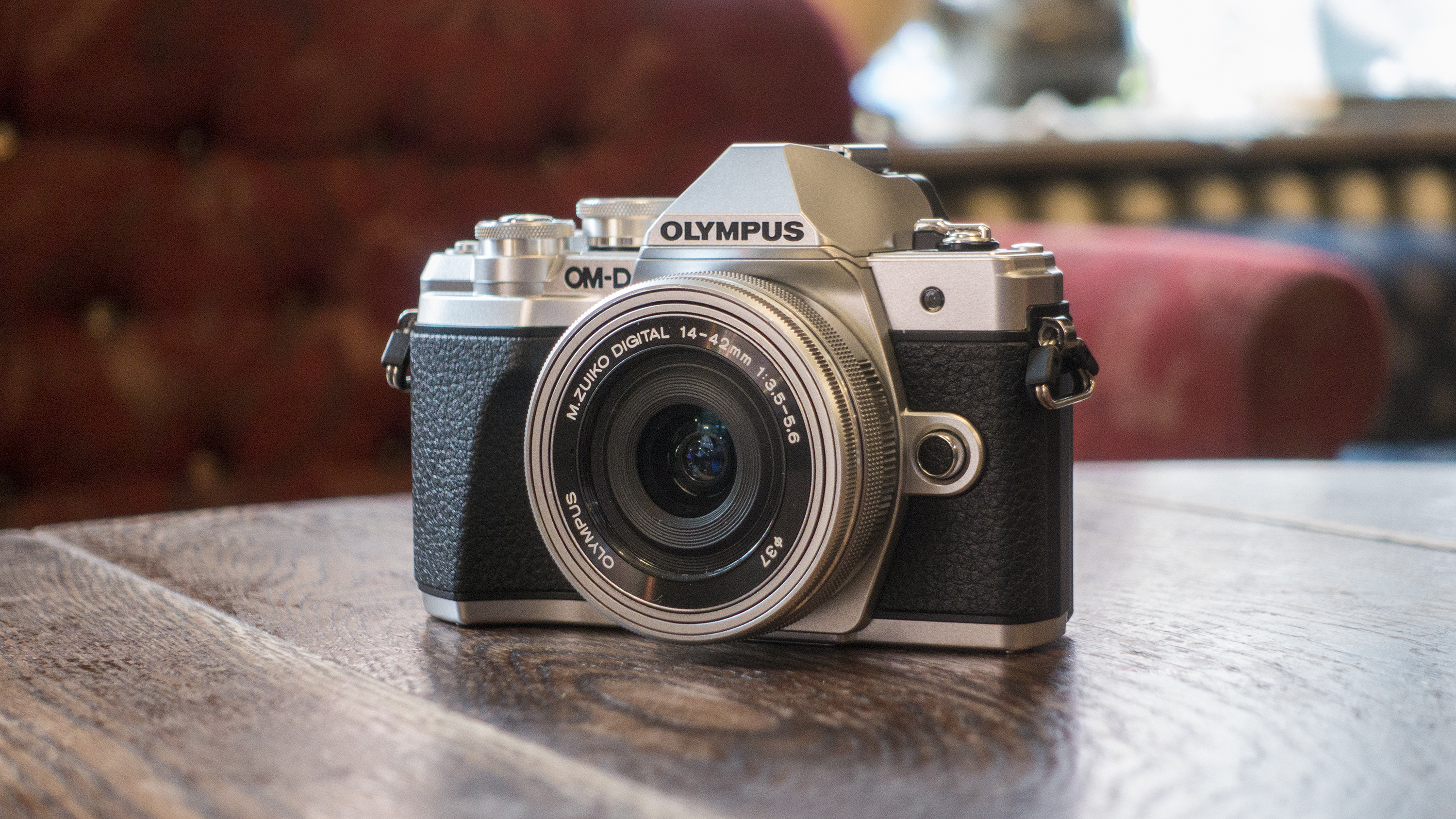
5. Olympus OM-D E-M10 Mark III
The E-M10 III is small, powerful and beautifully designed
Sensor size: Micro Four Thirds | Resolution: 16.1MP | Viewfinder: EVF, 2,360,000 dots | Monitor: 3-inch tilting touchscreen, 1,040,000 dots | Maximum continuous shooting rate: 8.6fps | Movies: 4K | User level: Beginner/Intermediate
The retro-tastic E-M10 Mark III is styled like a DSLR, with a viewfinder mounted on the top, but this camera is so small it scarcely takes up more space than mirrorless cameras with no viewfinder at all. It has a Micro Four Thirds sensor a little smaller than the APS-C sensors used by rival makers, and 16 megapixels rather than the usual 24, but the smaller sensor means smaller, faster-focusing lenses, and you’re not likely to notice the difference in megapixels in real-world shooting. What you will notice is this camera’s great build quality and finish, its responsiveness, its excellent built in Art Filters and the rather clever shooting options in its Advanced Photo mode. Olympus offers a good range of lenses, too – as it shares the Micro Four Thirds mount with Panasonic, you can also swap lenses between manufacturers.
- Read our in-depth Olympus OM-D E-M10 Mark III

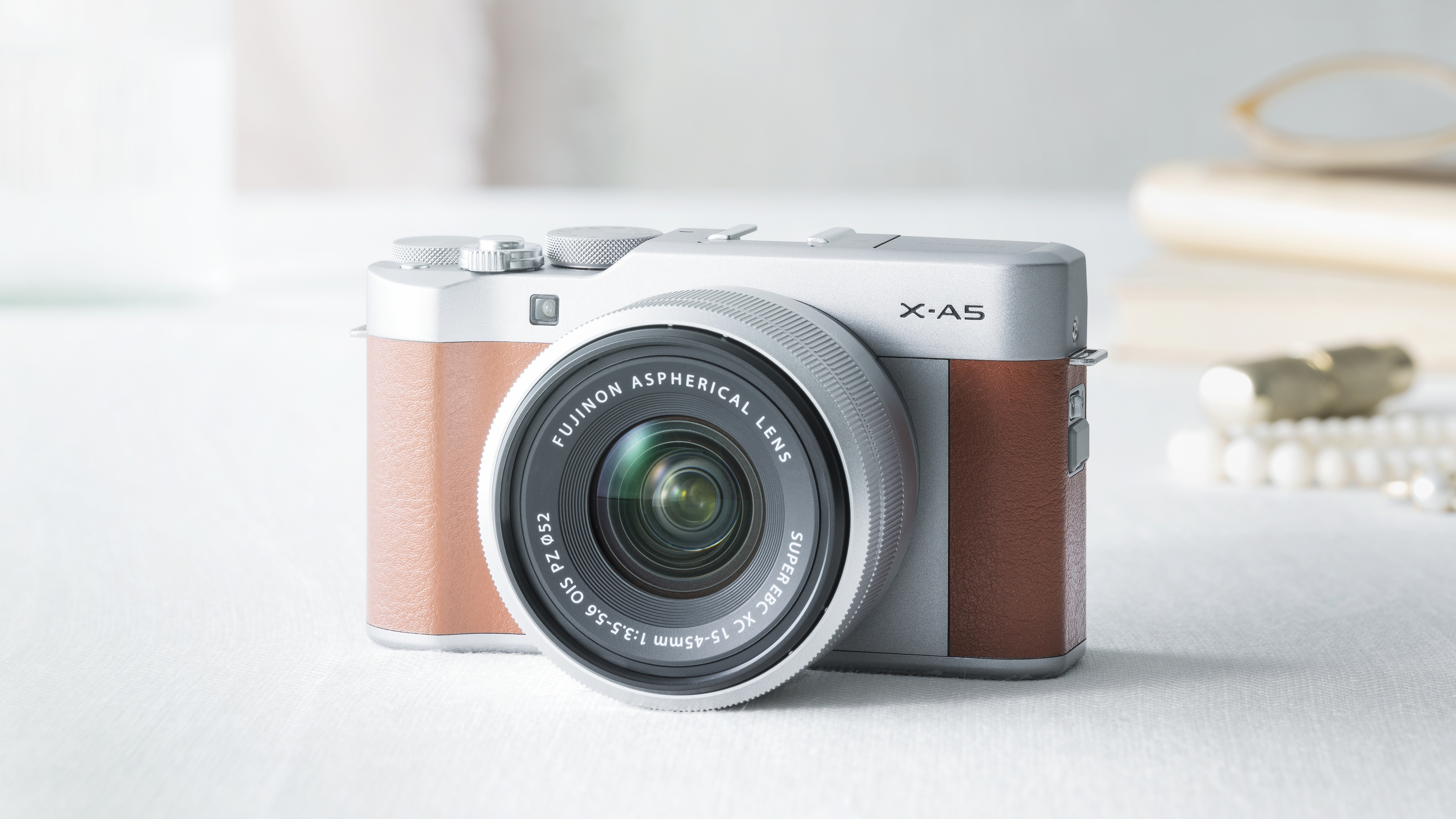
6. Fujifilm X-A7
Fujifilm’s beginner-friendly CSC brings great looks and great photos
Sensor size: APS-C | Resolution: 24.5MP | Viewfinder: No | Monitor: 3.5-inch tilting touchscreen, 2,760,000 dots | Maximum continuous shooting rate: 6fps | Movies: 4K | User level: Beginner
We've long been big fans of Fujifilm's beginner-friendly X-A cameras, which are the cheaper, simpler alternatives to its X-mount mirrorless cameras. And the X-A7 is its best one yet, with a revamped rear screen and improved autofocus performance. That large touchscreen LCD in particular makes it a great choice for those upgrading from their smartphones, while the new 24.5MP sensor produces crisp, sharp photos and now supports 4K / 30p video capture. Its autofocus is a big selling point too, with strong face- and eye-tracking that makes it particularly suitable for shooting people, if not action and sports. If you can get past the slightly awkward ergonomics, which are still a step up from a smartphone, then it'll make a great choice as your first camera.
- Read our in-depth Fujifilm X-A7 review


7. Sony Alpha A5100
An older model, but it's cheaper and designed for novices
Sensor size: APS-C | Resolution: 24.3MP | Viewfinder: No | Monitor: 3-inch tilting, 921,600 dots | Maximum continuous shooting rate: 6fps | Movies: Full HD | User level: Beginner
Launched in the same year as the A6000, the A5100 is also a highly competent camera whose price has dropped to bargain basement prices thanks to its age. Of course there's always a trade-off to be made for saving cash. Here the compromises are the lack of an electronic viewfinder, while the external controls are a lot more basic. Sony has done a great job to make a camera this small but it does leave it feeling slightly dwarfed by the 16-50mm kit lens. On the plus side, the A5100 does, however, have a 180-degree selfie screen. Now that we've seen some new APS-C mirrorless models – and lenses – from the company, we can also feel pretty confident that Sony is keen to keep investing in this format, too.
- Read our in-depth Sony Alpha A5100 review

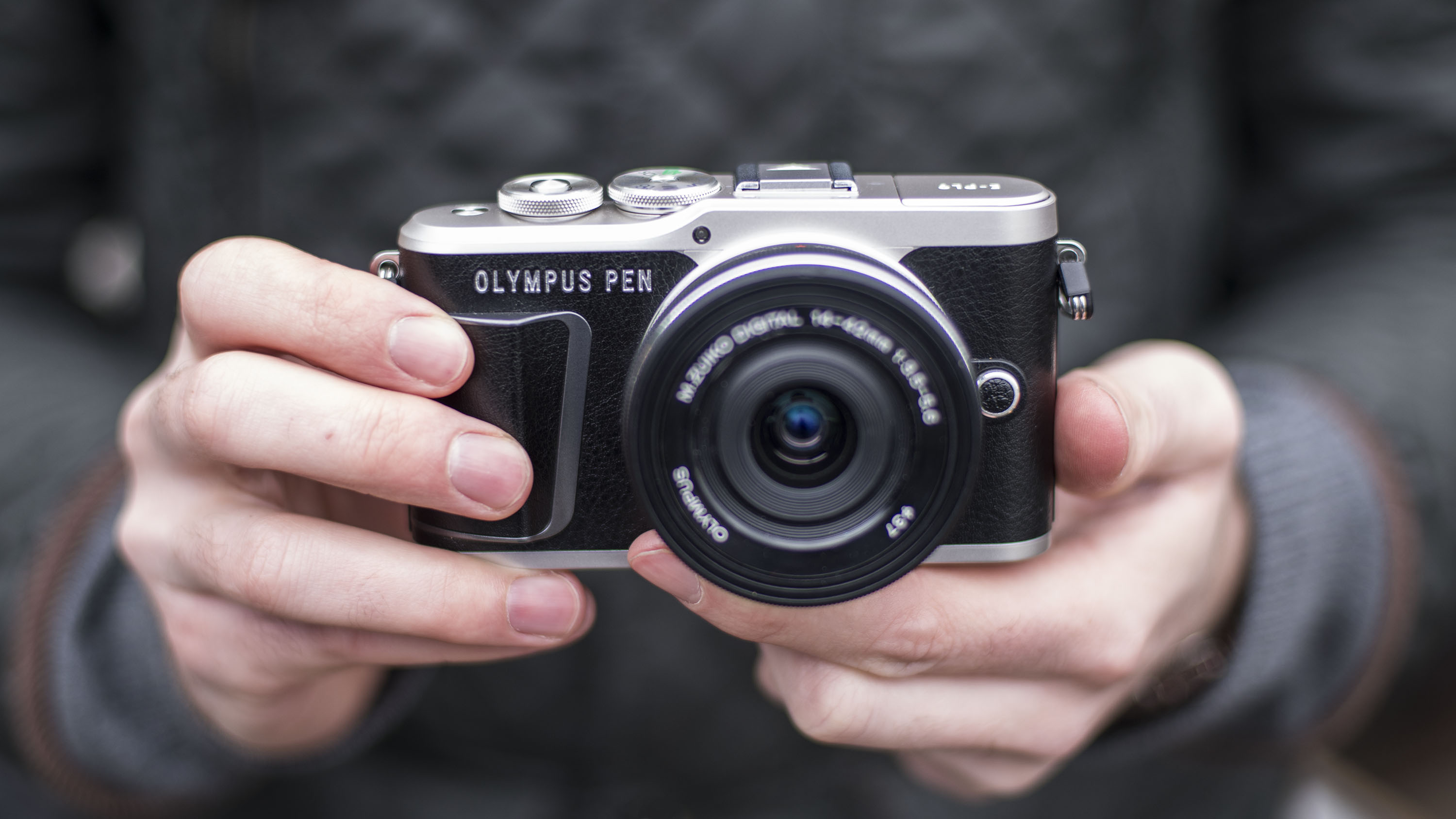
8. Olympus PEN E-PL10
A stylish entry-level camera with effortless creative modes
Sensor size: Micro Four Thirds | Resolution: 16.1MP | Viewfinder: N/A | Monitor: 3.0-inch tilting touchscreen, 1,040,000 dots | Maximum continuous shooting rate: 8.6fps | Movies: 4K | User level: Beginner
An attractive option for beginners, the PEN E-PL10 combines a range of novice-friendly modes with a stylish shell to create a competent camera that’s perfect for smartphone upgraders. The polycarbonate shell is a treat to hold, while the tilting touchscreen makes selfies a cinch.
While the 16.1MP sensor isn’t game-changing, the PEN E-PL10 still produces JPEGs with lovely colour rendition. Add 4K to the mix, as well as in-body image stabilisation and the option to edit RAW images in-camera, and you’ve got a strong package for mirrorless first-timers – provided they don’t need a viewfinder.
It’s worth mentioning that you can get many of the same features on the older, more affordable but equally as chic E-PL9. The main difference with the E-PL10 are the fine-tuned art filters and Advanced Photo modes, which make it easy to experiment with more advanced creative techniques. If you don’t need those, the former is still well worth a look.
- Read our in-depth Olympus PEN E-PL10 review

How much should I spend?
Just because something is "cheap", that doesn't necessarily mean it represents value for money. If you find you quickly outgrow it and need to upgrade very soon, then you'll end up spending even more money. Some of the cameras here might seem expensive to somebody buying their first camera, but we will have recommended them as something that should last you for many years to come.
If you view your photography hobby as an investment, it will pay huge dividends if you can invest as much as you possibly can when you first get started. Inexpensive cameras can still do a good job, but when cutting back on price inevitably means that features and controls are missing – so ask yourself if the saving is worth missing out on something you think you'll need.
For example, the cheapest mirrorless cameras don’t usually have viewfinders, but these can be invaluable for shooting in bright light, when the screen on the back can easily suffer from glare and reflections, so we’d always recommend stretching to a camera with a viewfinder if you can.
Check out the specs of the rear screens, too. The size and resolution are not so important since they’re all quite similar these days, but a touchscreen display will make the camera feel more like a phone, making the transition to using a "proper" camera a little easier since you'll already be used to tapping, swiping and so on.
Finally, if you like to shoot video, you might want a camera that can shoot 4K, and not all of them can. Although it's becoming more common, it's still a somewhat new area for entry-level mirrorless cameras, and they don’t all do it (though they do all offer regular 1920 x 1080 Full HD).
All the mirrorless cameras we’ve chosen for this list are well suited to beginners because of their price, size, ease of use, features or all of those things. You can also take a look at our other buying guides below if you're still undecided. Otherwise, read on to see the 10 best entry-level mirrorless cameras you can buy right now.
from TechRadar - All the latest technology news https://ift.tt/2JIlOA8
via IFTTT


0 التعليقات: